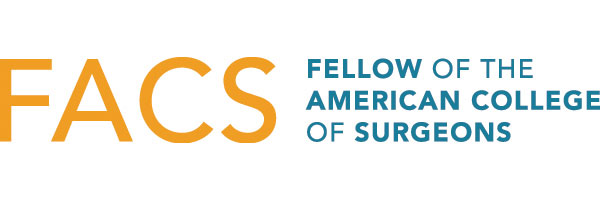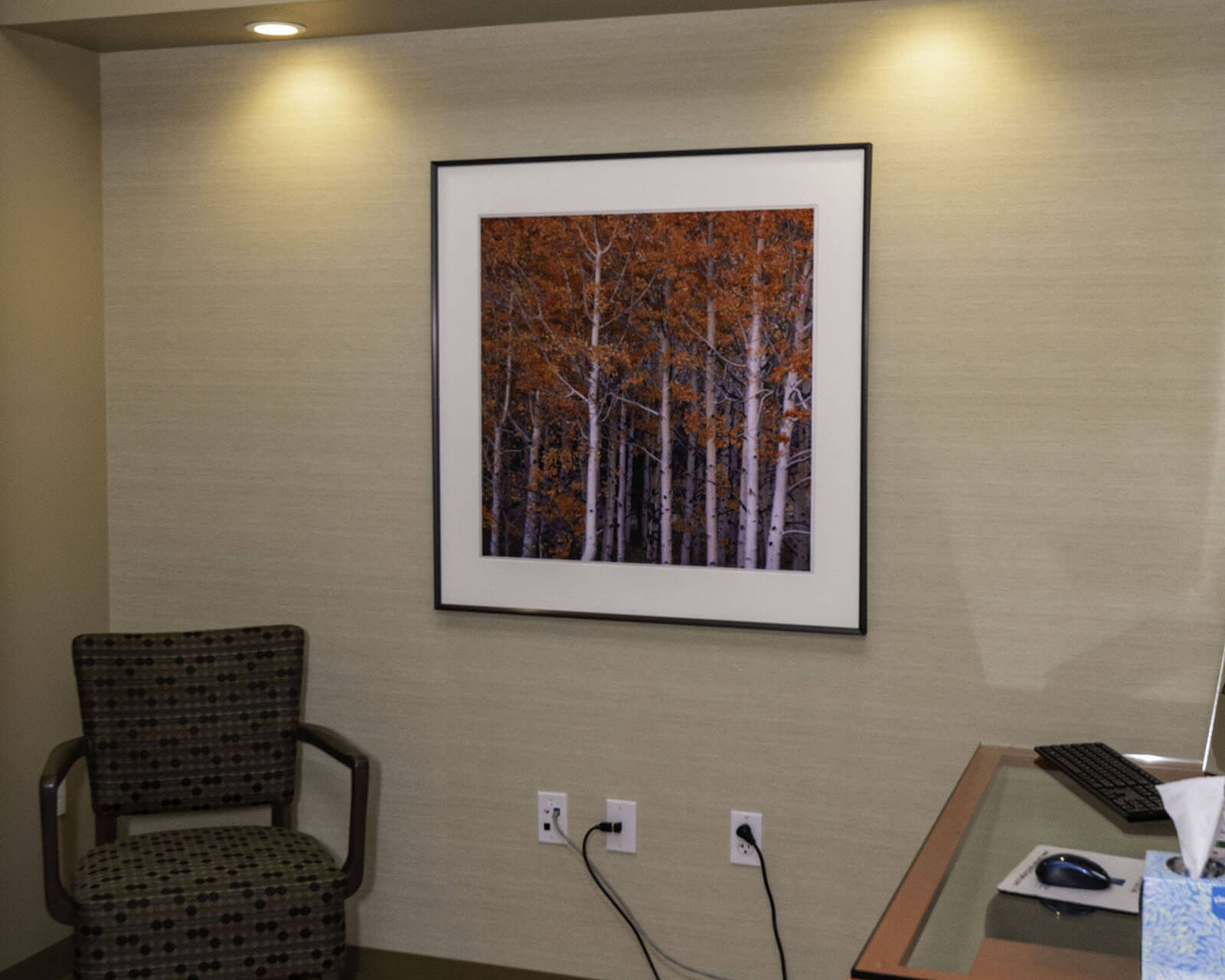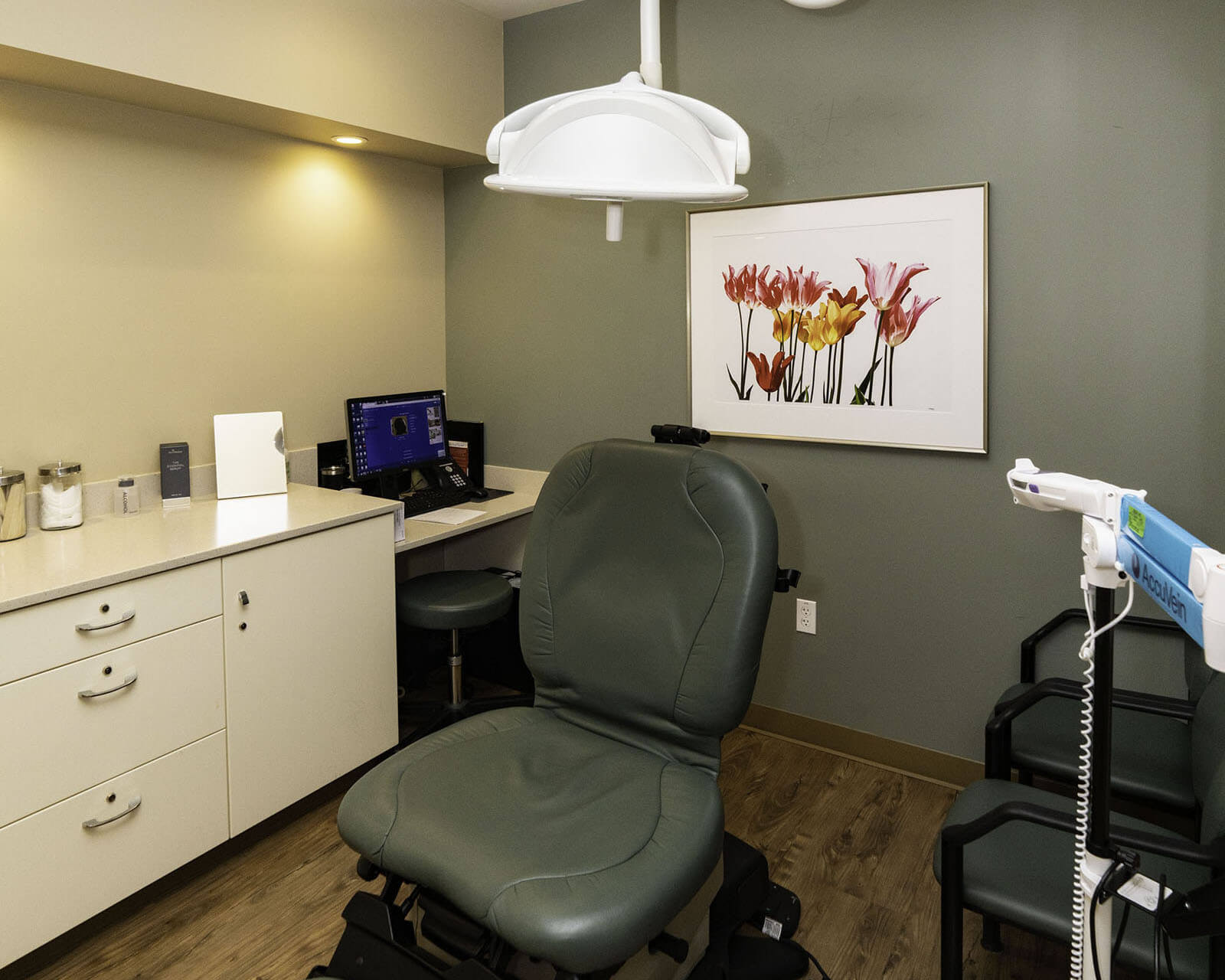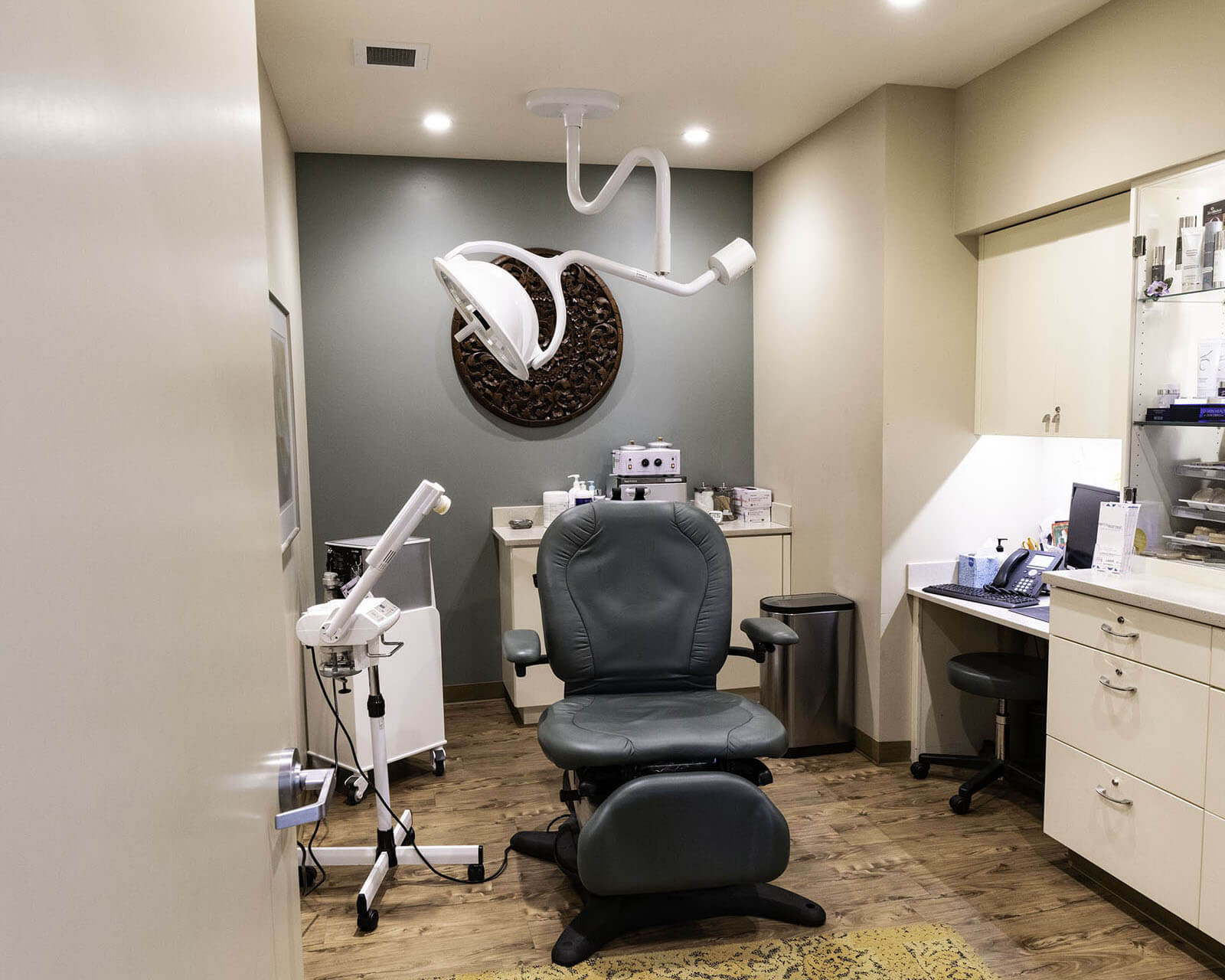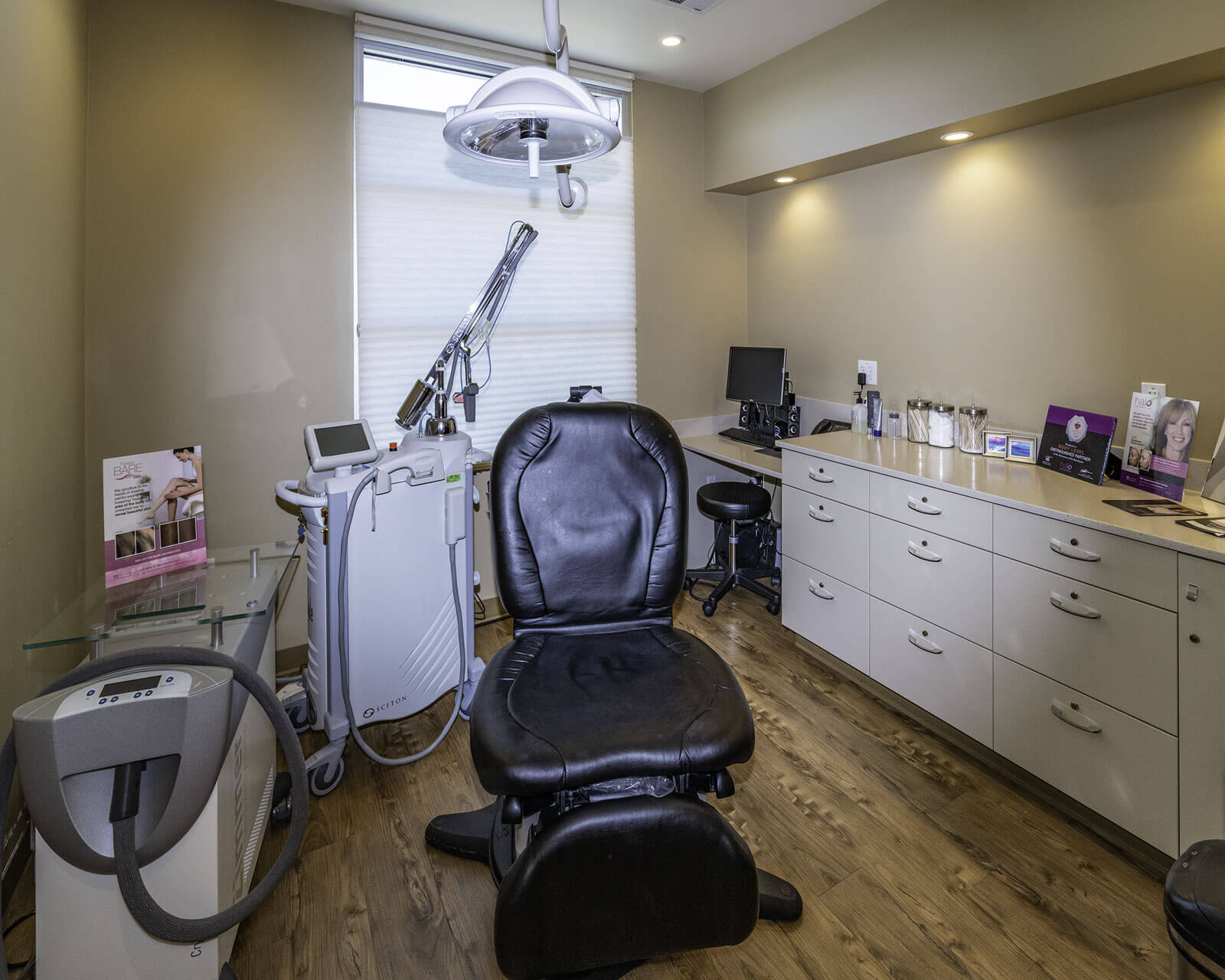The Solution to Bulging Thigh Fat and Excess Sagging Skin

Due to aging, genetics, and other factors, the skin on the thighs can start to sag, negatively affecting their appearance. Those who’ve undergone weight loss can also experience this issue. Bulging fat on the thighs also appears as a result of these factors.
Sagging skin and excess fat make a person feel self-conscious and hesitant to wear certain clothing. People who want to improve the appearance of their thighs may try diet and exercise, but these do nothing for drooping excess skin.
The solution to these issues is a cosmetic procedure known as a thigh lift. Also called thighplasty surgery, this procedure improves the appearance of the thighs, helping to create attractive-looking legs with firmer skin.
How Is the Procedure Carried Out?
An assessment of the patient’s health condition and medical history is done during a consultation. Their aesthetic goals are also discussed. The surgeon then advises the patient on whether the procedure is viable. It must be noted that the thigh lift is not a weight-reduction procedure and is specifically used to contour the thighs.
The thigh lift is mostly done on an outpatient basis (except in the case of a bilateral thigh lift, which would require a longer stay). It can be done with general anesthesia or with local anesthesia with sedation. This is determined by the surgeon during the consultation.
During the procedure, incisions are made in the inner or outer thigh, depending on the type of thigh lift that needs to be performed to achieve the patient’s goals.
Once the incisions have been made, the excess skin is removed. Excess fat is removed out through medical suction. The tissues in the thighs are reshaped and the skin is tightened.
When the contouring of the thighs is finished, the incisions are closed with the help of surgical sutures and are then dressed appropriately. The overall procedure takes a couple of hours to complete.
Thighplasty Aftercare and Results
Once the thigh-lift procedure is concluded, the doctor provides instructions for care of the thighs during recovery. Medicines are prescribed to reduce pain and prevent infections.
During the recovery process, the patient will need to wear a compression garment. This will help the skin better fit the new contours of the thighs and will control post-surgical swelling. Some degree of bruising will also be present for a time.
Staying home from work will be necessary until cleared by the surgeon. It will be important to avoid physically taxing activities for at least four to six weeks after the surgery. These activities can affect the healing incisions. Follow-up visits will be done to ensure that the recovery and healing process is going smoothly.
Usually, the entire recovery will be complete within a few weeks. The results will become apparent once the swelling is reduced. The bulging thigh fat is gone, as is the sagging skin that once affected the appearance of the thighs. The thighs finally appear smoother and well-toned.
Get the Contoured and Fit Thighs You Deserve
Doctors Matthew Romans and Jeremy Silk are skilled board-certified plastic surgeons with years of thighplasty experience. To get the results you’ve been looking for, contact us and set up a consultation.


